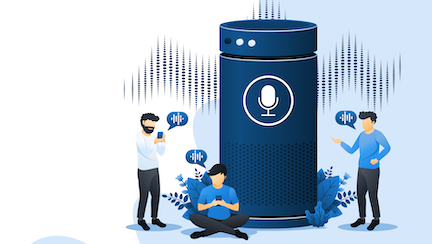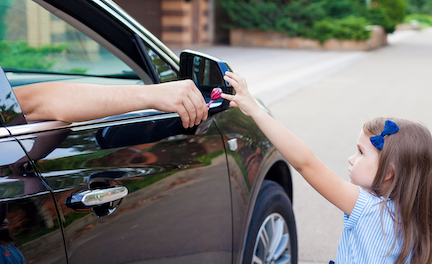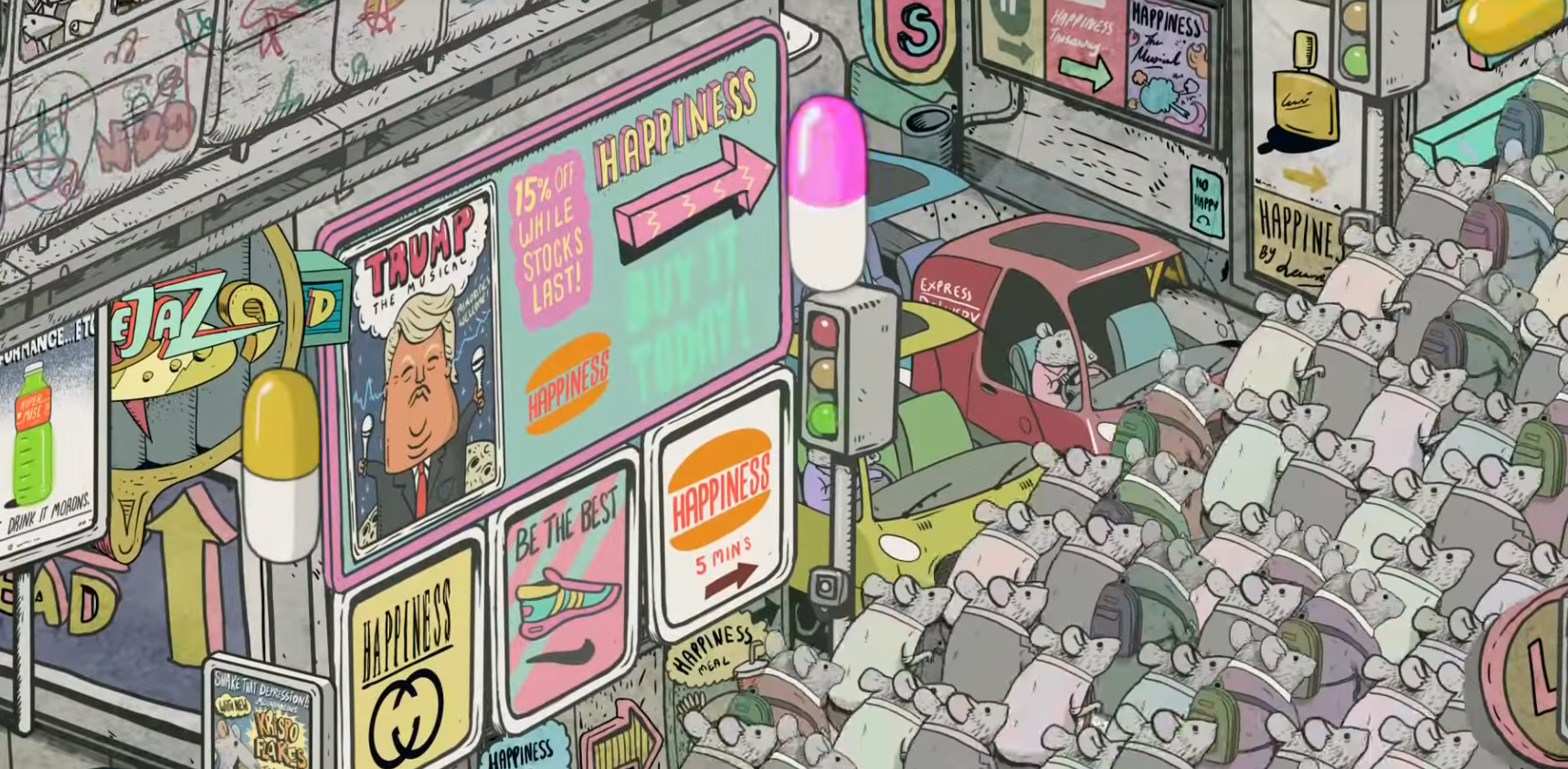
Headphones. The condoms of content.
Before I get started, I could have easily said, headphones are the new “content diaphragms” instead of content condoms. Content condoms just had the alliteration.
Anyway…
A condom is a prophylactic. What does a prophylactic do? It’s a protective barrier or measures designed to keep a disease or other unwanted things from entering and affecting your body.
Headphones have become our condoms for the psyche.
They are our way of restricting content from getting past our ears and distracting our attention. Content that can unleash mischief on our minds like little content gremlins.
Am I wrong? Or does your neighbors’ music coming through your walls at midnight while you try to sleep fill you with bliss and joy?
In today’s society, there are now fewer walls and more ways for your ears to encounter unsolicited content and anxiety-producing stimuli.
To avoid unwanted thoughts that tease and distract, we slip on our headphones.
The biggest place where we see the most apparent rise of the headphones in the office. Openly donning headphones in the office is post-cubical-age phenomena. Pre-cubical, it would have been previously frowned upon as a rude, anti-social, or a poor-work habit.
What made headphones acceptable in the workplace?
The headphones came on when the walls went away.
Over the years, a lot of workplaces moved to open offices. The official justification was that removing walls and cubicle walls would create and encourage collaboration. On the fiscal side, it made office environments cheaper. More people in a smaller space and less office design requirements.
For business, it was a win/win. Get the credit for being innovative and hip while cutting costs. As most of us know, this experiment has run its course and the results are in.
My summation of the following stats shows worker response to this innovation is essentially the same as being on a crowded subway car. They want out!
A survey on open offices by company Room, found that in exchange for private space:
13% said they’d give up their end-of-year bonuses.
13% said they’d give up five vacation days, and 16% said they’d do away with summer Fridays.
17% said they’d give up access to a window or natural light.
27% said they’d give up their office’s coffee machine.
Our privacy and barriers between us and our environment mean a lot to us.
Workers find that being so close to others with no control over privacy feels more like an opportunity for invasion than collaboration.
The lack of walls not only lets you see other people but hear them.
Hear them eat. Have small talk. Even if you weren’t on the meeting invite for their conference call, you might as well have been, as you can hear most of it.
Mentally we try to focus. However, that’s a bit like if your office has wall-less urinals and people just said, “don’t look.” Even if you don’t, you can hear. And for both parties, it feels like an invasion of privacy. For creative types and those doing focus strategy and complex thought, that disrupts our focus and getting into the flow of problem-solving.
Headphones reclaim space and control.
We use technology to build new virtual walls to manage exposure to content and engagement. Apps like Teams, Slack, and Meet are “collaborative” tools are now being used passive-aggressively used by workers to control when and how they talk to someone (I’ll ignore your text and talk to you when I feel like typing).
The apps help. But the true content-blocking goalie in the new content defense team. The headphones.
Not only can you block people and stimulus with your music, but headphones have also taken on the metaphorical tie on the dorm room door. A signal to your roommate (and now co-worker), “I’m busy. Go away.” If a coworker sees you have headphones on, many immediately back off. It’s assumed that you could be in a conference call. Or that you just want some privacy.
Headphones. It’s the “talk to the hand” for society.
I’d argue in the workplace headphones are a matter of sanity. Outside the workplace, it’s our attempt to control our larger environment.
In this regard, I’m as guilty as anyone. When I’ve lost my headphones, as I did at the airport a few months ago, I repurchased new ones with urgency the next day. Why?
Babies on the plane. Ignoring the flight attendant’s safety lecture. Signaling I don’t want to talk to the person seated next to me.
Same with the gym. The gym’s pumped in muzak. The guy grunting his bench press next to me. Or for help to ignore the news channel on the big screen. Headphones, make it all go away.
Headphones allow us to manage the introduction of content in our mind space, which allows us to control our environment. In today’s polarized world, we talk about information bubbles.
With that in mind, I can’t argue that headphones create an engagement bubble. To say, “People, ideas, and thoughts, go away!”
Which over the long term, is probably not good. Particularly if this type of disengagement to the world around us becomes a habit.
Keep on headphones too long or too much, you won’t give birth to new thinking.
.






























